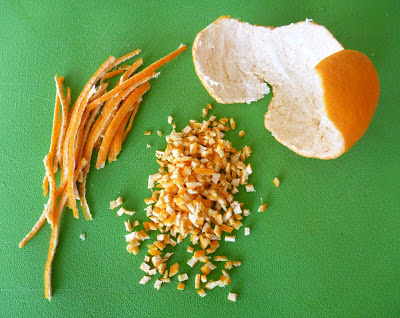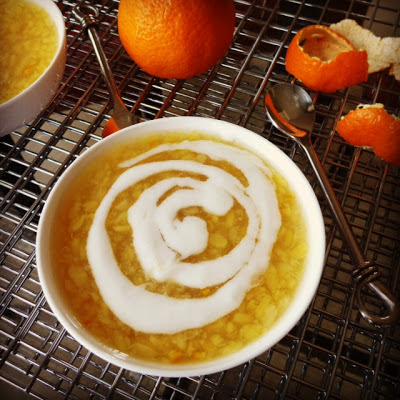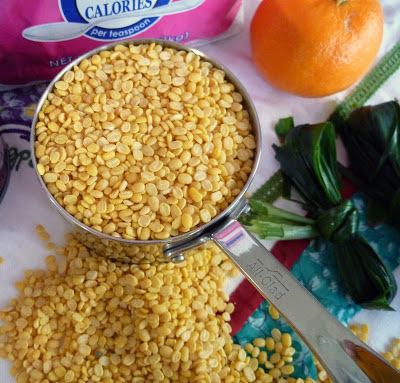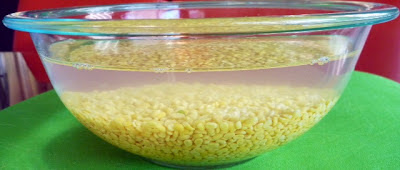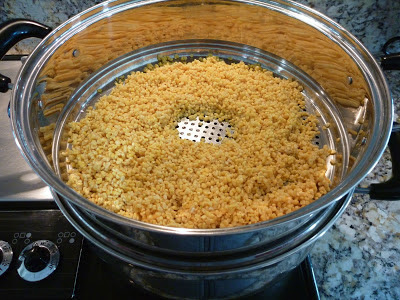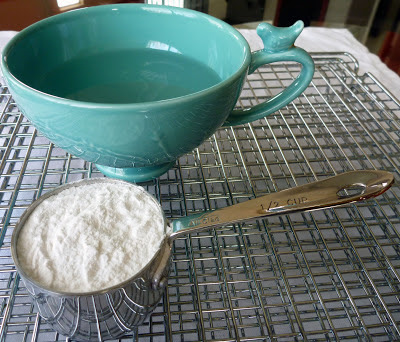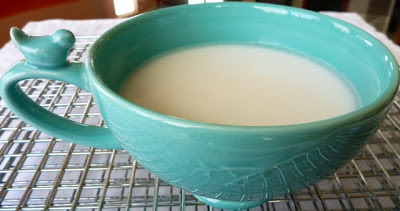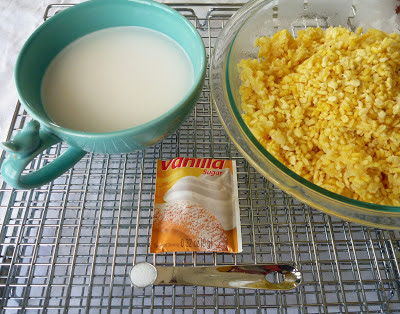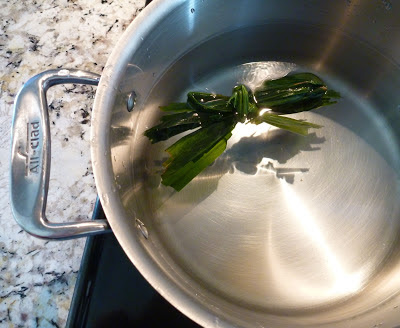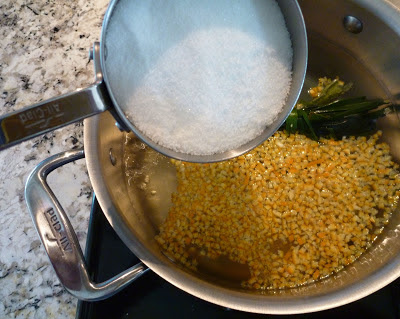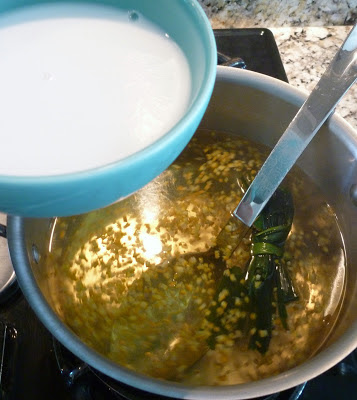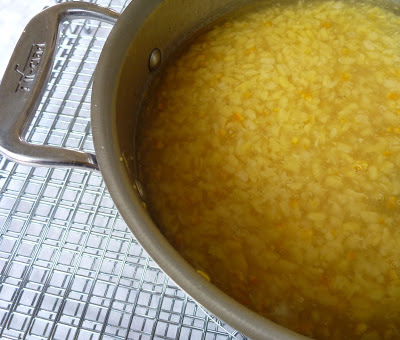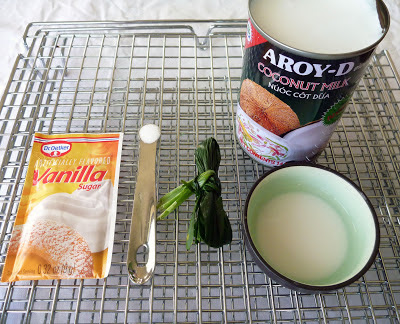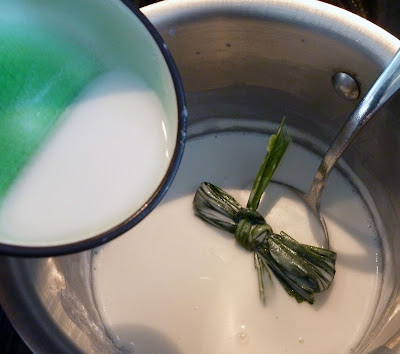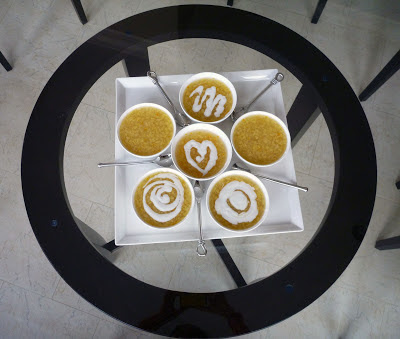My mother always like to create various chè for a certain ritual or ceremony. There would always be extra chè to share with every household in our neighborhood. Though I’ve never been fond of sweets, I always like to make desserts for my family and friends to enjoy after a meal. Especially when the summer ends, and the cold starts creeping in, I love to bake and cook warm chè. The warm, wonderful aroma of fresh baked goods and chè give the home a sense of warmth and comfort.
Once of the desserts that I like to make when I have little time is Chè Táo Xọn Vỏ Quýt. I’ve learned from my cousin in Vietnam that the reason why people in southern Vietnam call this sweet mung bean dessert chè “Táo Xọn”. It’s simply a literal translation. “Táo Xọn” is Chinese for mung bean. In northern Vietnam, they called it chè Hoa Cau which is suitable as these tiny yellow mung beans look like the flower of Areca.
As I always like to incorporate natural ingredients in my food, I decided to throw tangerine peel in chè and called it Táo Xọn Vỏ Quýt (Sweet Mung Bean with Tangerine Peel). The pleasantly fresh, sweet and citrusy aroma of tangerine peels mixed with the starchy and mildly sweet taste of mung bean blended in cool and clear tapioca starch is just perfect.
To make this chè, all I need are mung beans, coconut milk, sugar and tangerine peels; I can produce a pot of chè in less than 30 minutes. The two healthhy ingredients in this chè are mung beans and tangerine peels. According to vitawise.com, mung bean is popular as the perfect food for reducing weight. It is recommended as a food replacement in many slimming programs, as it has a very low fat content. It is a rich source of protein and fiber, which helps one lower the high cholesterol level in the blood system. While tangerine peels has two major benefits such as its cholesterol lowering capabilities and cancer fighting properties. The disease fighting flavonoids tangeretin and nobiletin are found in higher concentrations in peels that in the juice we commonly drink. The only downside of this chè is the amount of sugar and coconut milk. I think the benefits outweighs the risks here though.
1 cup Water
1 Pandan Leave, tied in a knot
1 teaspoon Tapioca Flour
2 teaspoons Water
1/2 teaspoon Salt
Otherwise, skip the soaking process. Place mung beans in a steamer, and steam for about 20 minutes. If steaming pre-soak mung beans, it takes about 10 minutes to cook.
Add sugar, salt, and tangerine peel then stir until melted. Bring it back to boil. Reduce heat to low while waiting for mung beans to be cooked.
The consistency should be thicker at this stage.
Add cooked mung bean and stir gently. Bring it back to boil at medium heat. Reduce heat to low, add vanilla extract or vanilla sugar if used, and stir gently for a minute.
In a sauce pan, bring coconut milk, sugar, salt and a knot of pandan leave to a low heat. Once the coconut sauce starts boiling, reduce heat to low.
In a small bowl, mix tapioca starch with water to dissolve, then add to the pot while constantly stirring it.
Add vanilla extract if used. Remove from heat. Set aside.
Ladle chè into a small bowl, then top with coconut milk.



